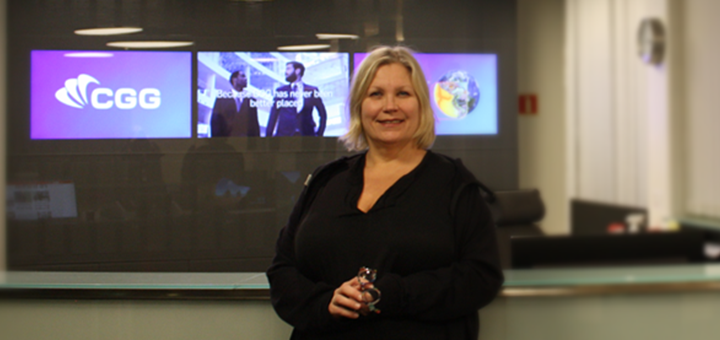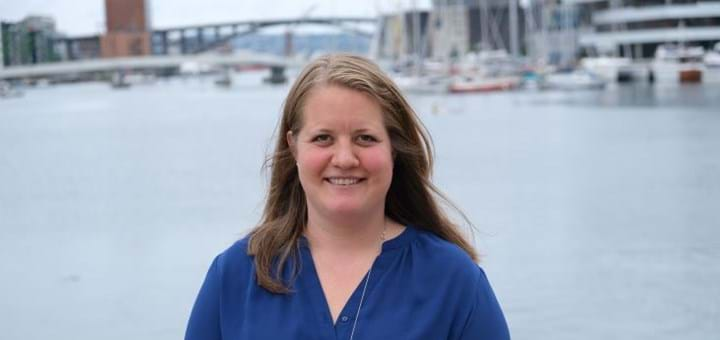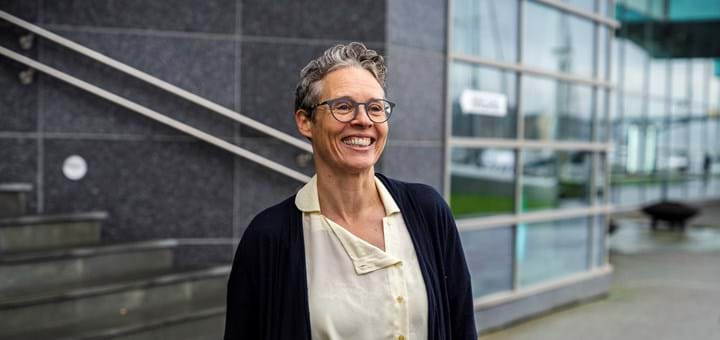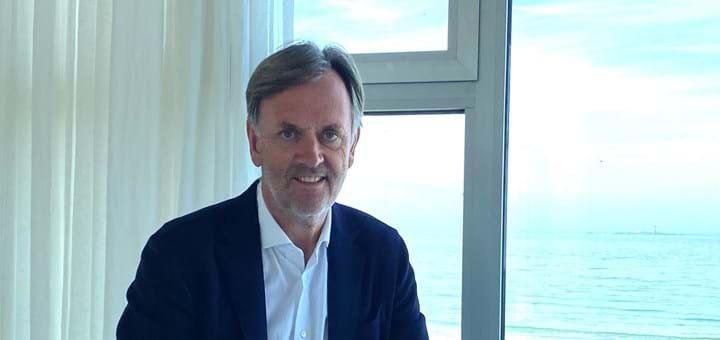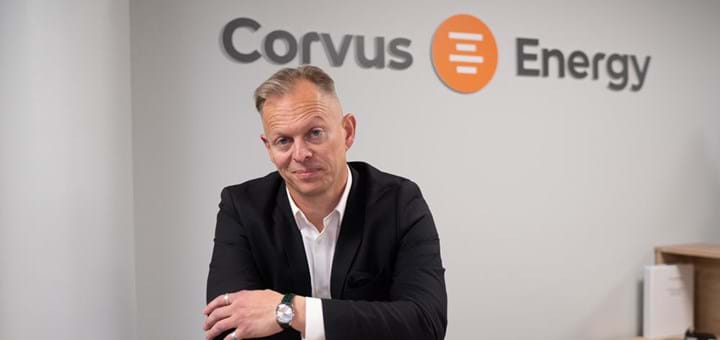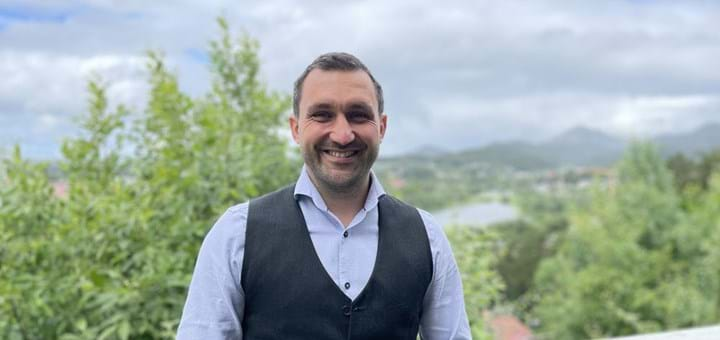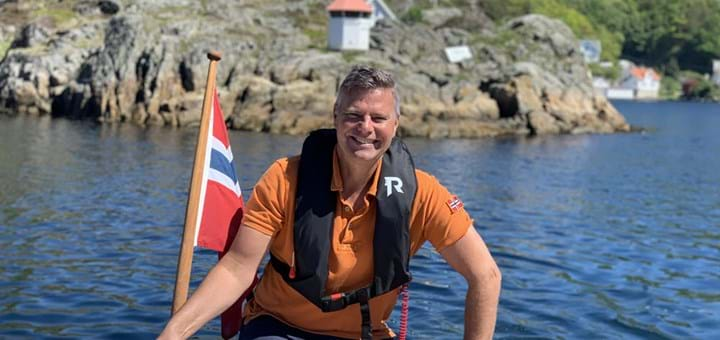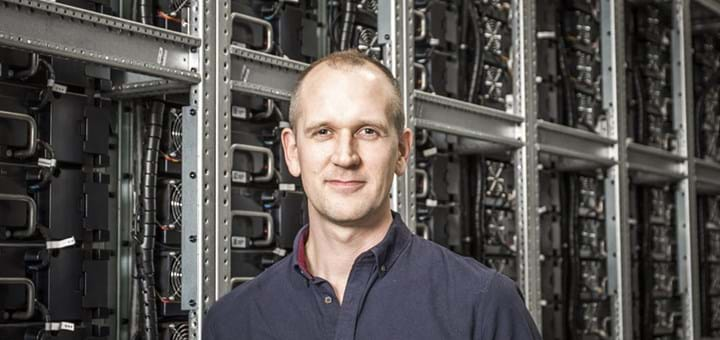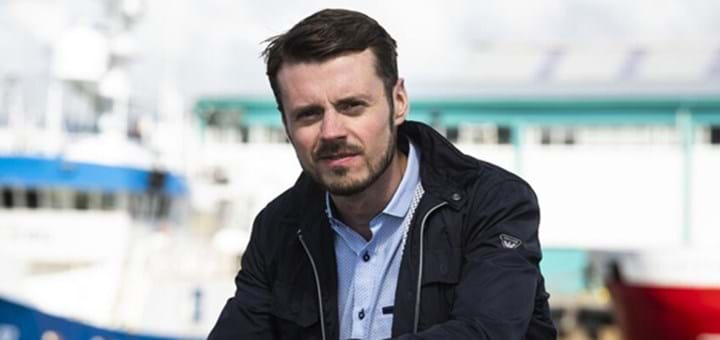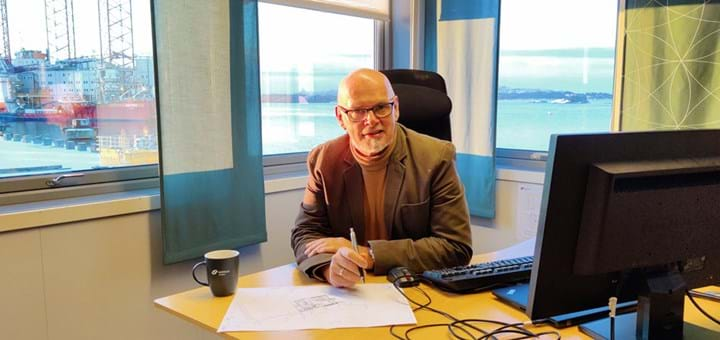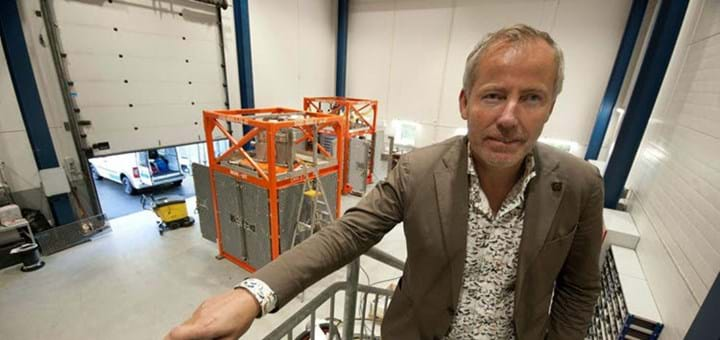Cluster Insight with TGS
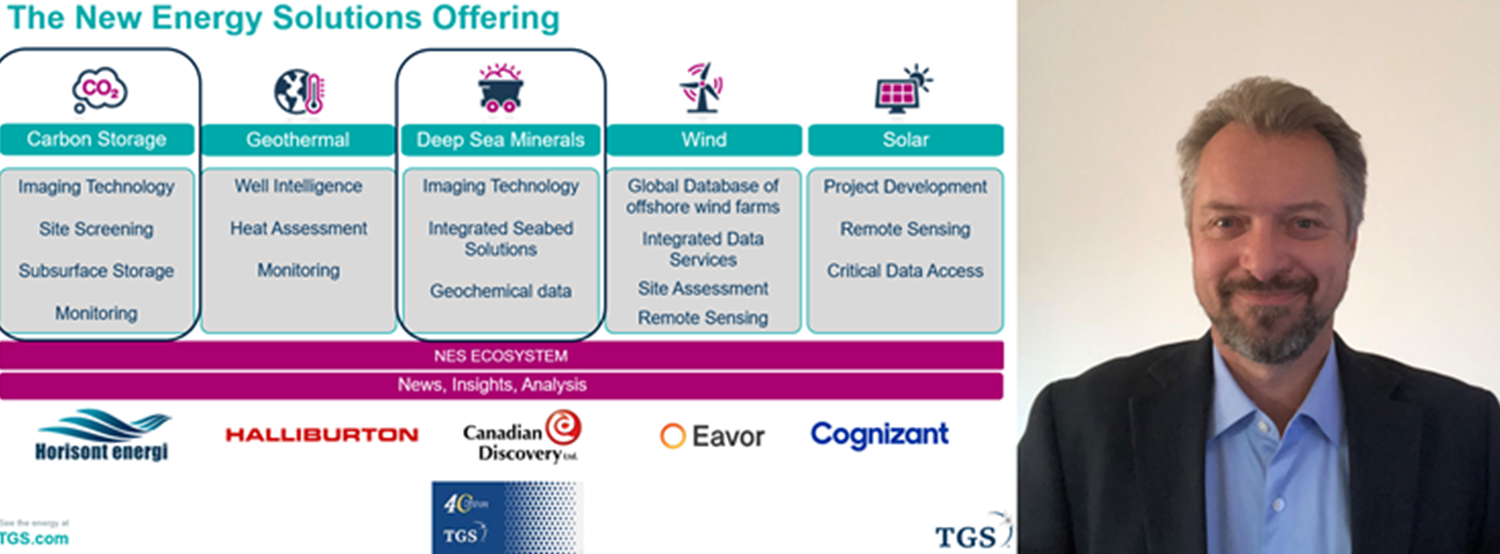
– The New Energy Solutions team at TGS is repurposing our vast database and know-how for the renewable energy market - adding products, services and providing a wider cloud-based subsurface information platform, says Bent Kjølhamar from TGS.
Cluster Insight is a column where we ask six questions to catch a glimpse into the daily business-lives of the partners and members of GCE Ocean Technology.
This week we have spoken with Bent Kjølhamar to learn more about him and his work in TGS – a company that provides data and intelligence to companies active in the energy sector.
1. What is your role in TGS?
Currently I am Chief Geologist in TGS. I still have a leg in our traditional business, geophysical data for oil and gas, but in the past year I have been busy building up parts of our New Energy Solutions (NES) business.
2. Your primary focus at work right now is?
TGS’ new NES business unit has a broad offering within low carbon energy platforms including Wind and Solar. In my work, I am especially focused on CCS (Carbon Capture and Storage) and DSM (Deep Sea Minerals). In CCS we are using our vast data library to map carbon storage reservoirs worldwide, and I am investigating new and more cost-effective 4D subsurface monitoring technologies for a low-cost CCS market.
All products are offered interactively through our cloud-based platform and using data analysis achieved through Machine Learning (ML). Among the NES suite, DSM could be considered by some to be the odd one out, but I argue that it is a vital part of the energy transition.
Mining the rare metals needed for solar and offshore wind, with diesel-driven onshore mining on steadily leaner ores will largely counter the positive effect of green energy. If deep sea mining (DSM) can operate safely and under a transparent proof of “no harm to life” principle, it will, in our eyes, clearly be the better choice to tackle the coming dramatic increase in rare metals demand.
3. Biggest challenges and opportunities for TGS in the future?
In a rapidly evolving energy market, the global challenge at hand is access to enough relevant data to successfully generate a more diversified energy mix. The easy part is converting or re-packaging our current O&G data for NES needs, conducting high-value ML analysis of our own and public data to guide and fast-track good decisions.
Switching from finding oil and gas reservoirs to saline aquifers meant that, for CCS, this transition is obvious.
Another example of an easy win for geothermal is the ML-created basin temperature 3D models we made using the bottom hole temperature measurements from hundreds of thousands of onshore wells in the US & Canada.
Companies like Eavor with multi-well, deep geothermal technology can now find the sweet spot in their market. The difficult part is to find very cost-effective new measurements for a generally low budget renewable business’ and at a scale that matters. At TGS, we are “technology agnostic” when it comes to sub-surface measurements. We analyse and find existing techniques or help develop the technology needed for the tasks at hand. It is in the processing and analysis of the data that we put most of our R&D efforts - creating a platform that enables our clients to extract enhanced insight and make better decisions.
The biggest challenge for my focus on DSM is in being able to test all known and effective geophysical technologies developed through the oil and gas business on real Seafloor massive sulfide (SMS) bodies out on the Mohn’s Ridge. Then we will know how to best find extinct, mostly buried SMS bodies in the event that DSM exploration becomes regulated and permitted. Furthermore, this is then basic science and a non-profit academic endeavor, not to be carried by one company alone, but by a collaboration of interested parties. The challenge so far is a lack of industry and public funding.
Furthermore, lack of political will at a global level to address the sustainable raw material challenges. Hence, we are encouraged that the Norwegian Petroleum Directorate (NPD) is seriously investigating the best way to explore for deep sea minerals sustainably.
4. Best part of being member in a cluster?
Creating a forum; a power of minds to arrive at the best solutions for the significant challenges that need to be addressed. The cluster should be a great platform for partnerships and to follow the technology developments shared within the group.
5. Your business/life motto
No motto really, but this might sound good: Think big outside the box– fail fast to arrive at innovative, sustainable solutions with a value that matters.
6. Which cluster member should we interview next?
I am interested in hearing what Loke Marine Minerals has to say?
Thank you for the insight Bent.
----------------------------------------------
Contact Information
Kjersti Boge Christensen
Communication Manager



